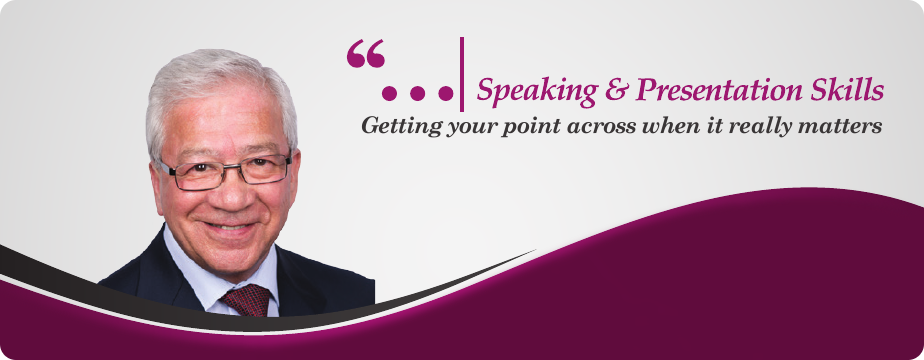-
Two nations, common language?
Americans have an interesting way with the English language, and their use of understatement is sometimes misunderstood.
On LinkedIn, someone asked a group if anyone had experience of training virtually. One person replied: yes, I have both coached people virtually as well as conducted webinars. Is there something in particular I can share with you?
I have been careful to reproduce the words exactly, to avoid misrepresentation.
The reply to that was: “Thanks for the offer. I have a lot of experience (myself) …”
Clearly he thought she was offering to share the training with him, muscling in on his client, so to speak. I thought so too, when first I read it. On reading it again, however, I realised that her offer to “share with you” related to the information or knowledge that she had about this training medium.
Far from wanting a share of his assignment (taking) she was offering to share her knowledge (giving).
It’s a strange expression, this “share with you”. It’s an American euphemism that can so easily be misunderstood.
On the whole I think it’s better to speak/write plainly.
However, certain words have very different meanings on both sides of the pond. “Quite” is one such example. In Britain, “quite” is a modifier, usually signifying less than total commitment, as in “I quite like it.” In the US, that same expression means “I like it a lot.”
Where did the confusion arise? Actually, right here in Britain. Consider this: “It was quite amazing!” In this case, “quite” means “very”.
Yes, two nations divided by a common language. But one of those nations is already divided internally
-
Cross culture is on your doorstep
Talk about cross culture or cultural diversity and people think it’s ‘over there’. In reality, it’s very much ‘over here’. What’s more, it’s one of today’s hot topics in business – one that concerns you if you are a senior manager or business owner.
Let me start by defining ‘culture’. In simple terms it means, ‘the way we do things here’. That could apply to the norms in a region, in a country, even in a company. Just think about the way different banks do business. They are all in the same line of business, yet each bank has its own style, values, and practices, and each delivers a very different experience to customers.
Two examples of banking practices: one in Bogotá, Colombia, the other in South London. The first concerned Tom Bennett, a senior accountant with a major New York accounting firm, who travelled to Bogotá on business. He popped into a branch of the country’s largest bank to cash a cheque.
When he eventually got past the gaggle of people in front of a teller, he handed in his cheque and waited for his money. As you do. While he was there, several people elbowed their way to the same window and handed in their cheques, treating Tom as though he was in the way.
What he didn’t know was that the custom was to hand in your cheque and step back to allow others to do the same. You would be called when your money was ready. If Tom had known that he would have avoided the unpleasantness he encountered.
The second incident occurred in a South London branch of a leading bank, a few years ago. I was standing in a queue when an Oriental trader, perhaps from a restaurant, came in and went up to the Enquiries window. He asked to see the Manager and was asked to take a seat in the open plan area. Eventually a young man, obviously not the Bank Manager, came out and sat with the trader, within sight and earshot of all the other customers in the bank.
The Oriental gentleman was very uncomfortable and mumbled a question that was probably not the one he had wanted to raise, and left very quickly. He had not been offered any privacy for his conversation and I reckon he felt both embarrassed and humiliated by the expectation that he would discuss his business requirements in public.
Both incidents arose out of cultural misunderstandings.
In your business, you may have customers and staff with cultural expectations that differ from your own. That puts ‘cross culture’ firmly on your doorstep. If you’d like help with managing those differences, email me at phillip@speakingandpresentationskills.com“>phillip@speakingandpresentationskills.com.
Phillip
